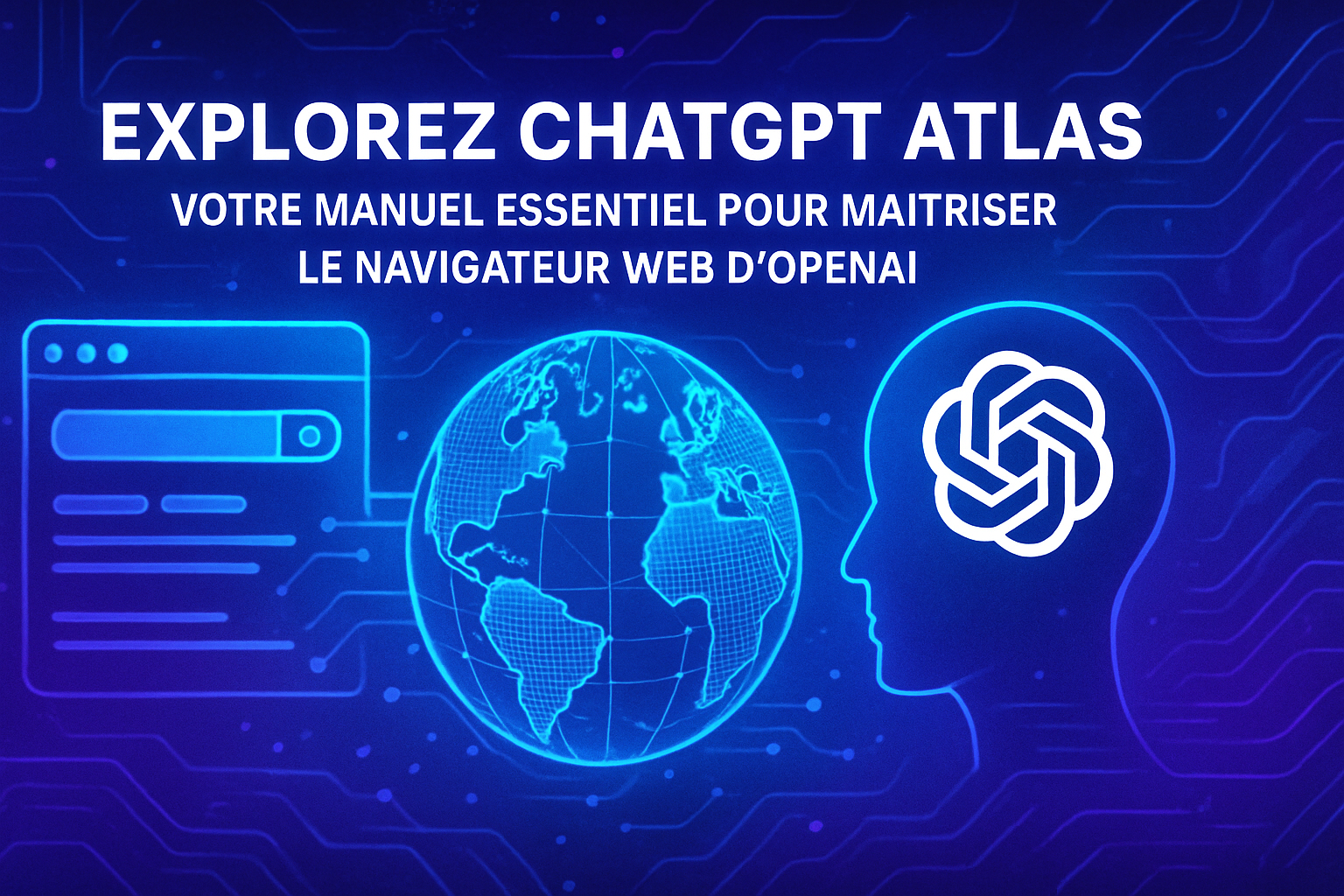Accessing the o1-preview and o1-mini models
Access to the o1-preview and o1-mini models from OpenAI requires a few simple steps. Users will need to visit chatgpt.com and log in to their existing account. Once logged in, it is possible to open a new chat to interact with these models.
Understanding the features of the models
The o1 models from OpenAI, particularly o1-preview and o1-mini, stand out for their performance in reasoning. With a more advanced architecture, these models are capable of handling complex problems, such as mathematics or strategic tasks. Their chain of thought process allows for deeper reasoning, thus facilitating the formulation of relevant answers.
Usage limits and best practices
Each model has weekly limits: 30 messages for o1-preview and 50 for o1-mini. These restrictions encourage users to formulate well-thought-out and precise prompts, maximizing the effectiveness of their interaction with the AI. Using simple and direct phrases promotes better understanding and effective handling of requests by the models.
Some best practices include using clear contexts, addressing specific challenges, and structuring requests involving multiple steps. By integrating these elements, the user experience is significantly improved.
Prompt optimization
Formulating prompts correctly significantly reduces the error rate in responses. Users should prioritize specificity and clarity in their questions. Rather than using vague requests, it is better to detail the exact need and context of application. This allows the o1 models to generate more suitable and relevant responses.
A systematic approach involves structuring questions or requests in the form of bullet points. This guides the model in its processing and improves the user satisfaction rate.
Advanced usage via the OpenAI API
For developers, integrating the o1 models via the OpenAI API offers advanced possibilities for interacting with AI. Knowing the API documentation and mastering the available parameters allows further refinement of the desired results. For example, adjusting temporalities or modifying temperatures can significantly change the creativity and rigor of the generated responses.
Precautions to take when using
Users should be aware of the inherent limitations of the new models. Performance varies depending on the usage scenarios, and it may be necessary to readjust expectations according to the cases. Being vigilant about the nature of prepared requests also helps avoid unexpected results.
Finally, keep in mind that these are models still in development. Continuously refined, these tools will require gradual familiarization. User feedback will enable OpenAI to improve its models in the long term.
Integration of the o1 models in various sectors
The o1 models are establishing themselves as highly valuable tools in various sectors, including education, finance, and scientific research. In the educational context, they facilitate personalized learning. In finance, they help interpret complex data and anticipate market trends. Their use in research also opens up interesting perspectives, enhancing data analysis capabilities.
Organizations are already exploring the potential of these models to transform their internal processes and increase their efficiency. For entrepreneurs, integrating these technologies comes with substantial innovation in business strategies.
Future perspectives with the o1 models
As the o1 models continue to evolve, their applications will become increasingly sophisticated. The possibilities offered by artificial intelligence merge with the growing needs of users, and companies will need to adapt accordingly. The emergence of generative AI could represent a breakthrough in how we approach everyday challenges.
Initiatives are exploring the ethical uses of these technologies, ensuring that their impact is positive and beneficial for society. Collaboration between researchers and developers will foster a unique framework for innovation. These developments within OpenAI demonstrate a willingness to rethink the relationship between humans and machines.
Frequently asked questions
How do I access the o1-preview and o1-mini models of ChatGPT?
To access the o1-preview and o1-mini models, visit chatgpt.com, log into your account, and then open the interface to select the desired model.
What are the weekly usage limits for these models?
Users of o1-preview have a weekly limit of 30 messages, while for o1-mini, the limit is 50 messages per week.
What best practices should be followed to effectively use o1-preview and o1-mini?
It is recommended to formulate clear and precise questions, use varied contexts, and be patient during information processing to encourage deeper reasoning.
What application areas can benefit from OpenAI’s o1 models?
The o1 models are particularly effective in areas requiring complex reasoning, such as mathematics, content writing, or project management.
Are there notable differences between o1-preview and o1-mini in terms of performance?
Yes, o1-preview offers slightly superior performance due to its ability to handle more information and perform deeper reasoning compared to o1-mini.
Is it possible to use the o1 models via an API?
Yes, both o1-preview and o1-mini models are also accessible through the OpenAI API, allowing developers to integrate their functionality into other applications.
How can data privacy be ensured when using these models?
To ensure privacy, avoid sharing sensitive information in your requests and review OpenAI’s privacy policies before using the service.
Can these models be tested before subscribing to a plan?
The o1-preview and o1-mini models are generally reserved for subscribers of ChatGPT Plus and Team, and there is currently no free testing option available.
What type of assistance is available for users of these models?
OpenAI offers support through its platform, with FAQ resources, tutorials, and a community forum to address user questions.






